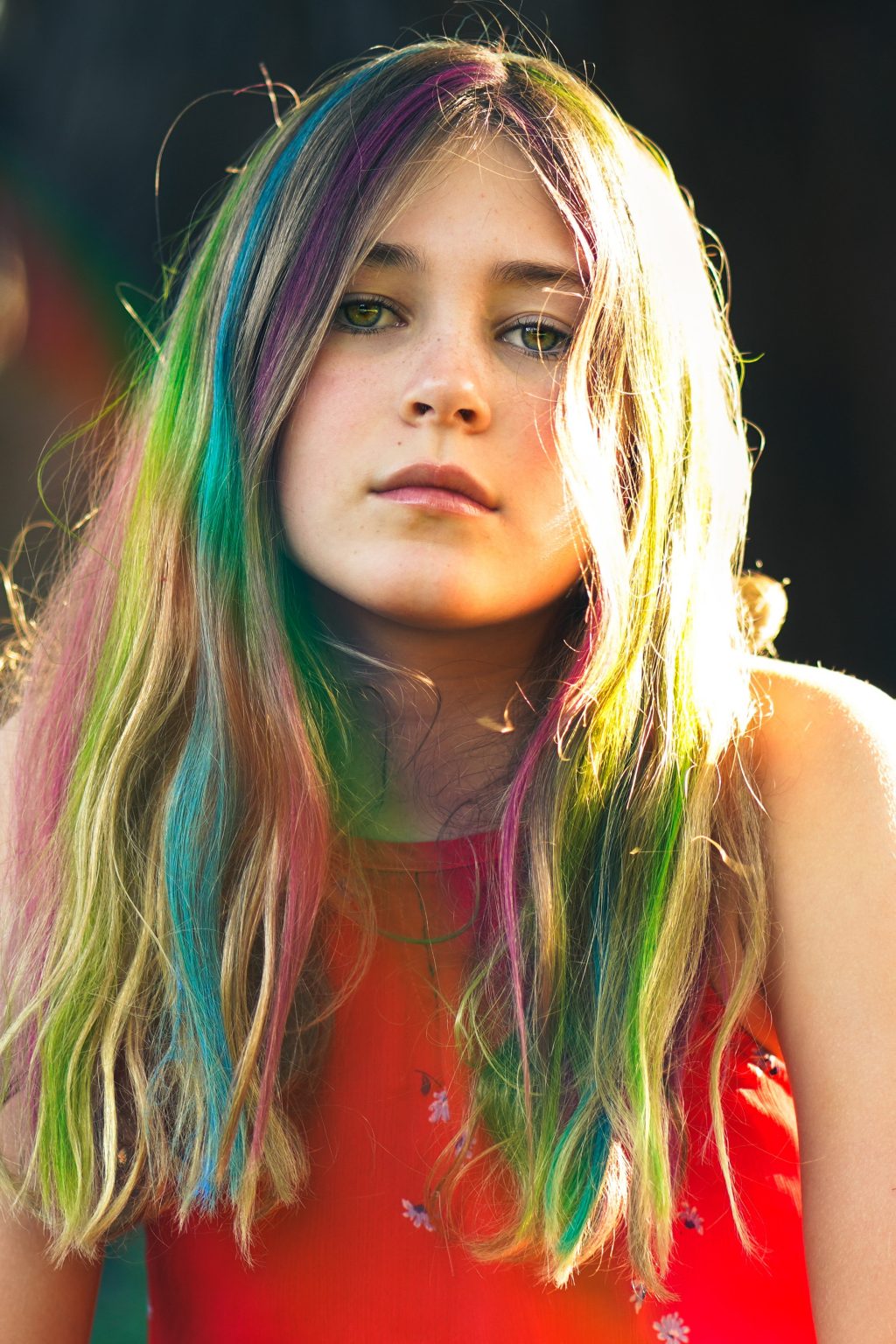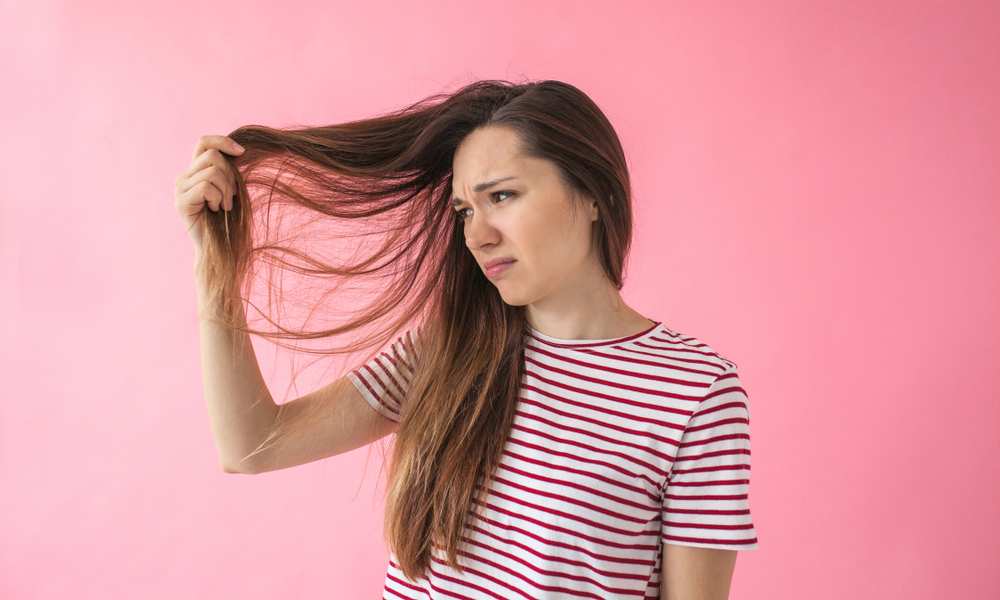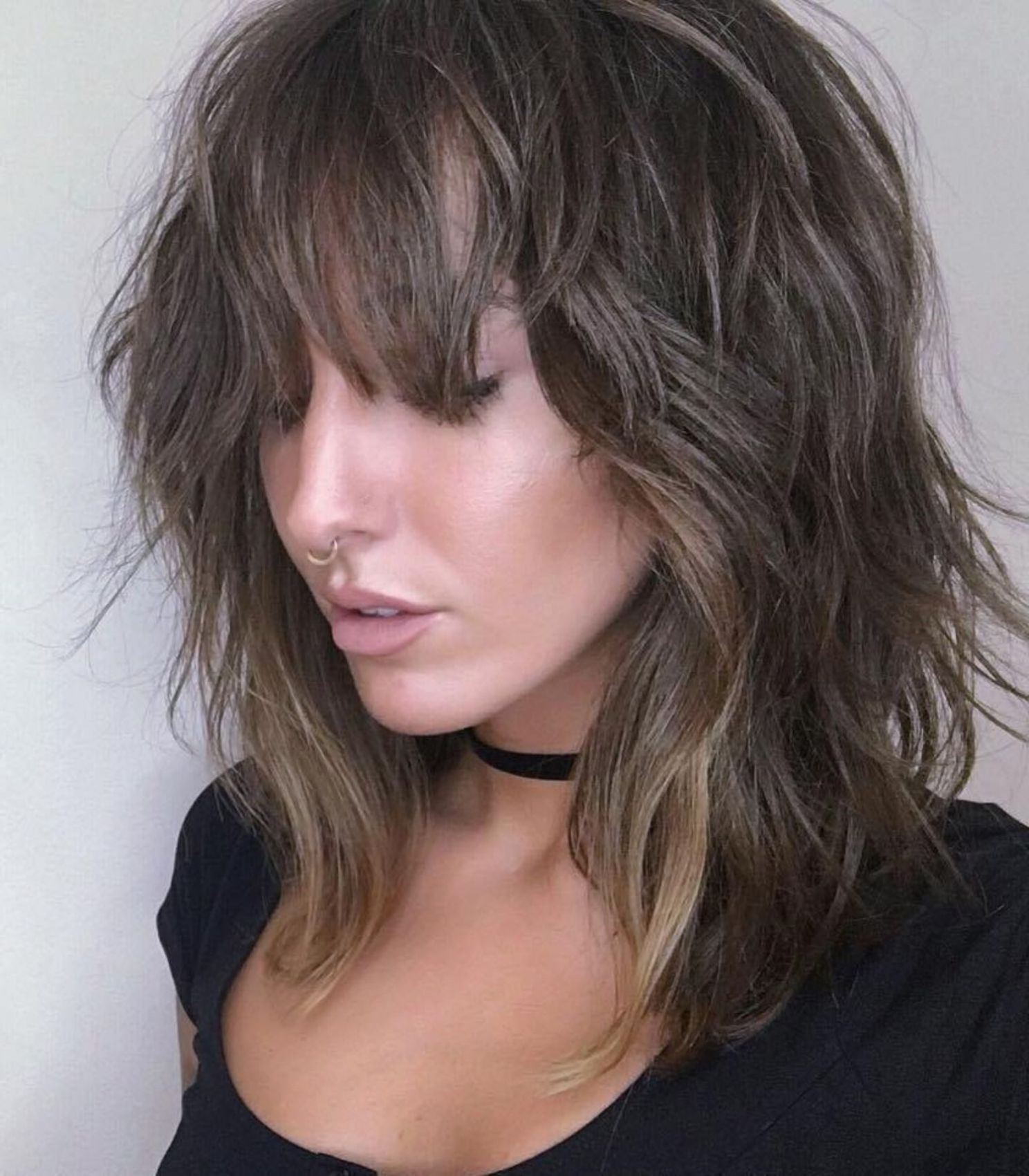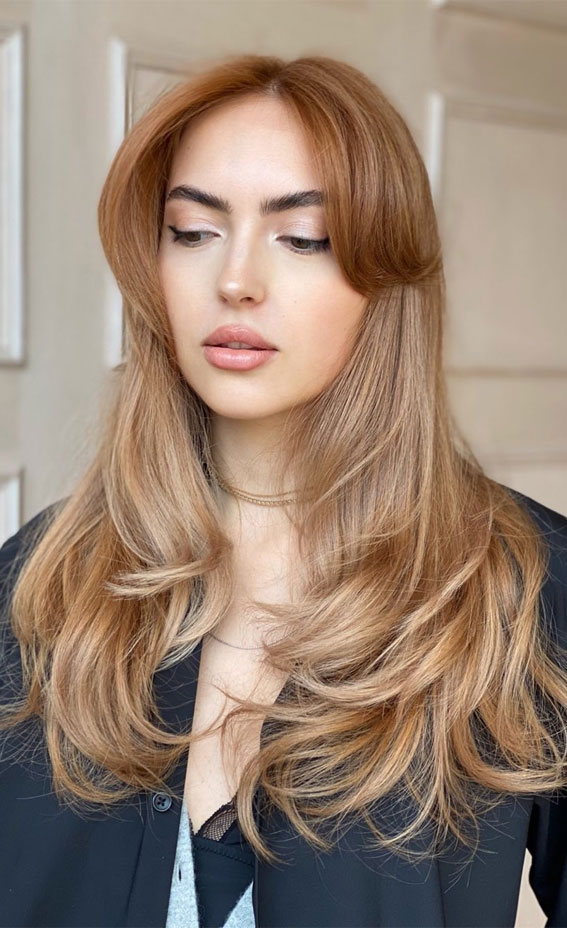Table Of Content
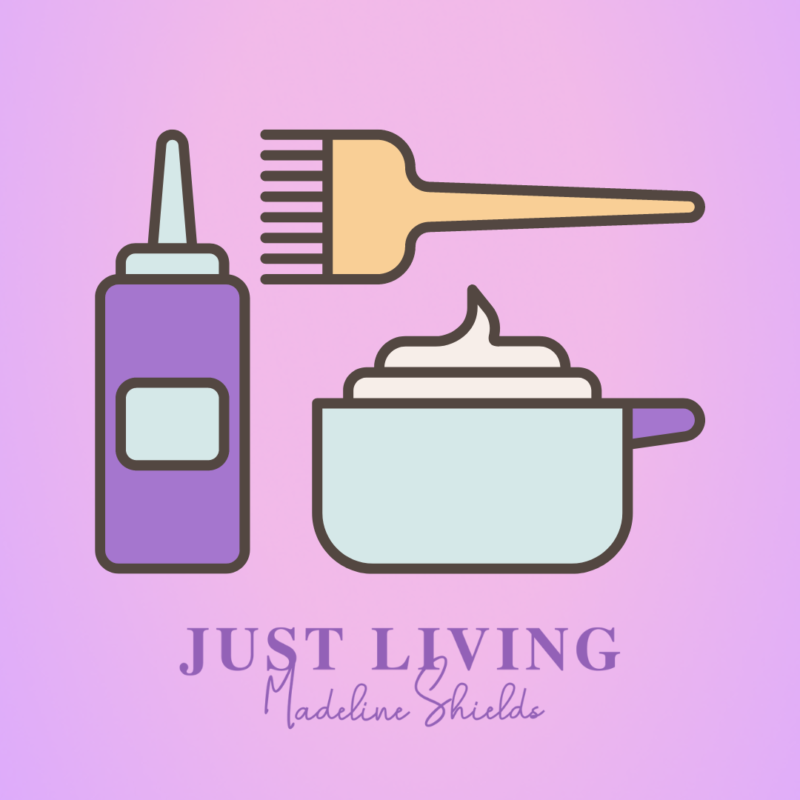
Color gloss keeps colors looking vibrant, while heat protectant and deep conditioning help keep color-treated hair healthy. Most importantly, let your hair health guide how often you should go in for a coloring treatment. If your locks aren’t worse for wear, stick to the recommended timeline.

Tips to make your hair color last
If you want to completely change the color of your hair, let’s say, red to brown or blonde to brown, it’s technically best to let the last color grow out completely. Adding a new color into already color-altered hair is likely to result in a sub-optimal outcome that won’t be exactly what you were going for. Switch to shampoos, conditioners, and styling products specifically designed for color-treated hair. These products are formulated to be gentle and protect the color from fading. Use one, like the L’Oréal Paris EverPure Repair Remedy Balm, once or twice a week. After shampooing, slather on the mask and leave it on for three to five minutes before washing out.
The Complete Guide to Dyeing Your Hair Pink - InStyle
The Complete Guide to Dyeing Your Hair Pink.
Posted: Sun, 28 Jan 2024 08:00:00 GMT [source]
How Often Can I Use Permanent Color?
Cutting your hair is the only solution at the end of the day, to get your hair healthy again. How often can I dye my hair without damaging it, is the one question that everyone is asking? The right answer is that you should dye your hair between 4 and 6 weeks. The shorter the time between dyes, the more damage you are going to do to your hair. Although researchers have studied the long-term effects – including possible cancer risks – of hair dyes, many of the findings have been inconsistent or inconclusive.
What It Does to Your Natural Color
Some people can dye their hair frequently without issues, while others may face dryness, brittleness, or hair loss. Lighter shades could cause more damage, as they strip layers off with harsh chemicals like bleach. The nature of semi-permanent dye makes it much safer to use pretty much as often as you’d like.
To get rid of the color, you’ll have to either let it grow out, fully color over it, or cut it. How often you can color your hair partly depends on your natural hair type, color, and what shade you are changing to. For instance, most people’s hair grows about half an inch per month, but if yours grows quicker than that, you may require more regular coloration. Similarly, those with darker hair who are dyeing to a lighter color may also need more frequent attention to avoid their natural color showing through at the roots. When strictly coloring your roots, there's a little more wiggle room. If you feel like your roots are constantly showing, a healthier alternative might be a temporary color you can do yourself.
Apply Color-Depositing Masks and Conditioners
Finally, Kevin Murphy’s Young Again Oil benefits all hair types. Consult your stylist for the ideal protectant for your hair’s porosity and texture. This is why it is important to assess the condition of your hair before deciding to color again.
Can you dye your hair every two weeks?
Minimize the use of hot styling tools like straighteners and curling irons, or use them on lower heat settings. Planning on getting a haircut while you’re trying out a new color? If that’s the case, be sure to read up on the 5 Questions to Ask Yourself Before Getting a New Haircut. This technique is a little bit softer than ombré (sombré means “soft ombré”). To get this look, ask for highlights that are just a few shades lighter than your natural color so that the result is subtle.
"The more porous, the longer it will last, and as it grows out, it will also fade nicely," says Bird. "Those who henna their hair regularly find that the color builds over time, creating a more vibrant and longer-lasting color with each application." Be sure to follow the rule of thumb for each dye type and take good care of your gorgeous hair. Using a solid color treatment can keep your permanent dye looking fresh and shiny for months, even with your hair growing out.
LifeMD makes it easy to stay on top of yourhealth because talking to a doctor, filling your prescriptions, getting yourlabs done—and more—are all easy and cost-effective. Come discover ahealthcare solution built around you and your life. These steps can help keep your hair hydrated and nourished, which is essential for keeping the strands and scalp protected. If this is the case, you can speak to your hairstylist about how you can minimize damage between sessions.
Root sprays are a quick and affordable way to give your hair more time in between dye sessions. A root touch-up spray can provide a temporary disguise to grays and grown-out roots. Wash and condition with products designed to do the job safely and gently. New Wash is color-treated hair’s BFF because it contains no damaging detergents that strip your hair of its color.
Semi-temporary dye, also known as demi-permanent or semi-permanent hair dye, lasts longer than temporary dyes (about four to six weeks) but gradually fades over time. The downside to using semi-permanent hair dye is that this is going to cost you a lot of money at the end of the day. But you are using it on a weekly basis instead of using it on a four or six-weekly basis. This can cost more than going to a salon for permanent coloring, doing it professionally. If you’re ready to commit 100% to new hair color, you’ll want to opt for a permanent hair dye.
